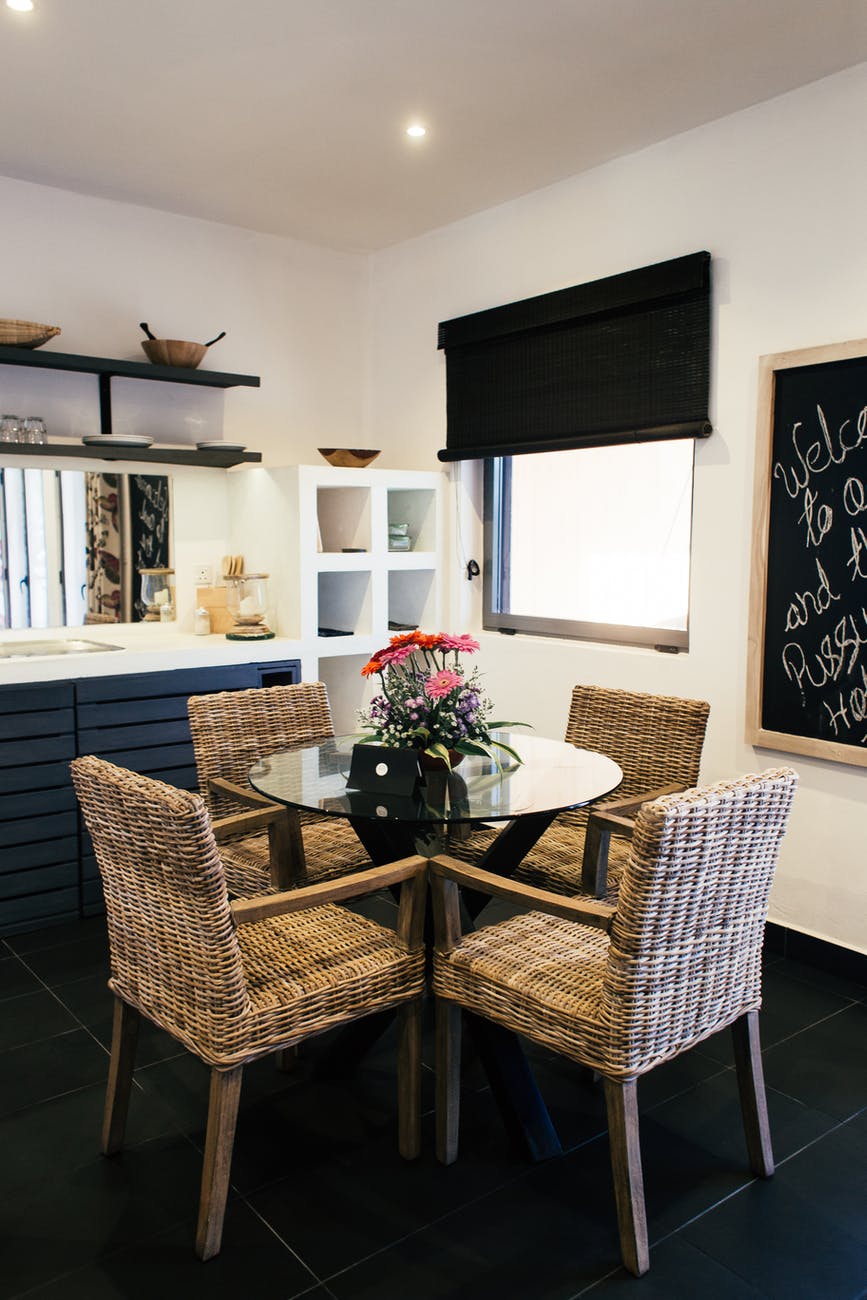Just as many writers feel overwhelmed by a blank page, many new homeowners feel overwhelmed by an empty room. With so many possible ways to decorate the walls and arrange the furniture, it’s hard to know where to begin. Luckily, basic design principles can help.

Photo: Alex Qian / Pexels
Whether you took on a new lease from an old tenant or hired a local Bellarine Peninsula builder to construct your dream home, here are five principles to guide your interior decorating.
1. Balance
Balance means finding the right equilibrium between the different shapes, colors, patterns, and textures in a room. Symmetrical, asymmetrical, and radial balance are three common types.
Symmetrical is when you split a room into mirrored halves. If there’s a wooden chair on one side, you balance it with a wooden chair on the other side. Though it’s simple and elegant, symmetrical balance gets boring if overdone.
To add interest, consider asymmetrical balance. Instead of two wooden chairs, balance the wooden chair with a sofa on the other side of the room. You could also try radial balance, which moves outwards from a central focal point, such as chairs circling a central table.
2. Emphasis
Just as balancing everything with perfect symmetry gets dull after a while, so does giving everything equal importance. To avoid that, make sure to emphasize certain elements over others.
Some rooms already have a point of emphasis, such as a fireplace in a living room. If that’s the case, then consider emphasizing its importance further through pictures, statues, flowers, and other decorations. If there’s no such point of emphasis, create one by highlighting something striking, such as a couch or a painting.
3. Harmony
Harmony refers to a sense of unity arising from all the different elements in a room. It’s what distinguishes a man cave from a dining room. You can achieve harmony by creating a theme or style that makes that room unique.
An easy way to do this is by sticking to one color scheme. Even if the couch, chairs, and wall decorations are different, they work together as complementary, analogous, or monochromatic colors. In addition to colors, you can create harmony by focusing on one kind of material, such as bamboo, metal, or wood.
4. Rhythm
Rhythm ensures there’s a pleasant flow between all the different shapes, sizes, colors, and textures in the room. In many ways, it’s just like music. Although you can certainly listen to individual musicians play solos, it’s more enjoyable to hear the drums, bass, guitar, and other instruments all play together.
You can create rhythm in a room by repeating similar colors or alternating between different colors. This design principle helps move your eyes around the room. For example, say the pillow has a certain shade of yellow, you can use the same shade in a nearby curtain, painting, or carpet. Alternatively, you might play around with the size of different objects, going from small to medium to large.
5. Design principles in Proportion and scale
Both proportion and scale have to do with relationships in size. Proportion focuses on how one part of a room compares to another, while scale focuses on how the size of an object relates to other objects and the room as a whole. Many designers use the golden ratio to settle on the best proportion and scale.
It can be overwhelming to decorate a room from scratch. However, if you keep the above five design principles in mind, you’ll be sure to create a compelling interior in no time.
This post is a collaborative effort and may contain relative and relatable affiliate links. All opinions are our own.

